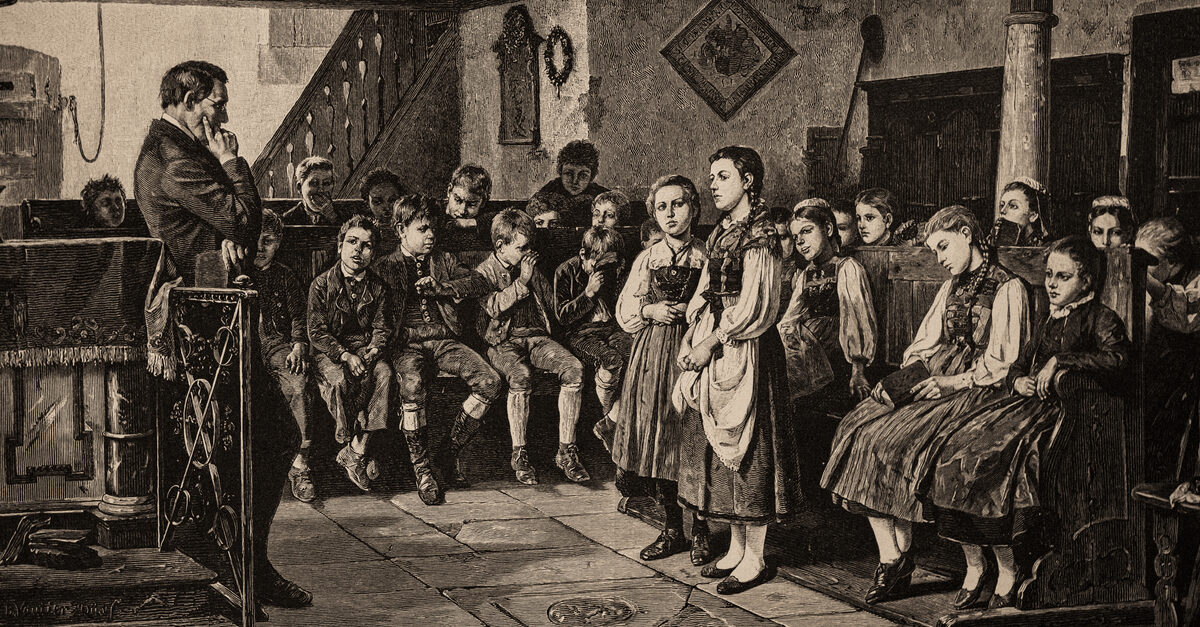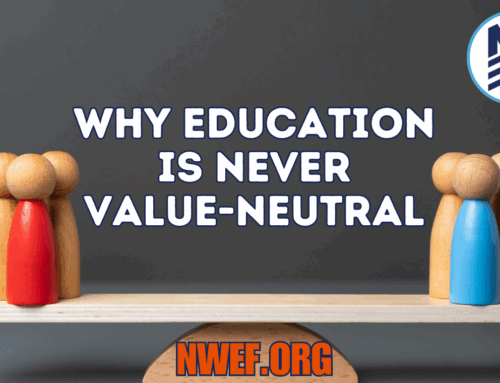
Keeping state and religion separate has always been a challenge in America. We’re a very religious country. In fact, even though today fewer than half of Americans claim to be religious, eighty years ago about 73% of the adult population were attending church. Faith is important to us.
The founding fathers knew the dilemmas America would face, so they erected the First Amendment, which states that Congress cannot create a national religion or even make laws respecting one faith over another. It’s been helpful, but it doesn’t solve all our problems.
Although America has always faced controversy in this area, today’s church and state arguments seem particularly harsh. One of these is the hot debate about school choice. Should public funds—via vouchers and ESAs—be given to children attending religious private schools? Should parents who homeschool with a religious leaning benefit from school choice programs?
At the bottom of the conflict is the Blaine Amendment. Haven’t heard of it? Well, that’s what we’re going to talk about today.
What was the Blaine Amendment?
After the Civil War, the Catholic Church, along with some other religious groups, wanted to establish schools with public money. In response, Maine Congressman James Gillespie Blaine proposed what became known as the Blaine Amendment, which, according to most sources, was heavily influenced by prejudices Protestants had against the Catholic church.
It’s also interesting to note that Blaine had President Ulysses S. Grant’s support for the amendment. That same month, Grant had suggested such an amendment to Congress.
Blaine and his supporters wanted to make sure there was no more confusion in this area. Free Speech Center says, “In effect, they sought to augment the more general language of the establishment clause of the First Amendment to the Constitution by explicitly placing restrictions on the use of public funds by states for the support of religious institutions.”
The Blaine Amendment was killed in the Senate. But we hadn’t heard the last of it yet!
Blaine Amendments Today
Over the next few decades, states began voluntarily adopting amendments based on the original Blaine Amendment. In fact, they are now known as “Blaine Amendments,” and in 2020, 37 states had Blaine Amendments.
Ballotpedia defines “Blaine Amendments” as, “[L]anguage in state constitutions that prohibits public funding for schools or educational institutions run by religious organizations.” They also note that, “The language in each state constitution varies.”
The Blaine Amendment is still active, and it may have a direct impact on education laws in your state.
Does My State Have a Blaine Amendment?
Your state may very well have a Blaine Amendment. Ballotpedia has a handy map you can use to see if your state has ever had a Blaine Amendment and whether it is still in effect.
Some states, such as Maine and Vermont, as well as North Carolina and Tennessee, never adopted Blaine language into their constitutions. Louisiana passed the amendment too, but it was repealed in 1973.
Know the laws in your state, because every Blaine Amendment is different. Some take a more specific approach to the issue than others.
Why are Blaine Amendments Relevant Today?
State Blaine Amendments have always been controversial, but now more than ever.
In the early 1990s, school choice programs started to gain popularity—and with this came an effort to get rid of Blaine Amendment language in state constitutions. The opposite also happened with some appealing to Blaine Amendments as proof that school choice vouchers are unconstitutional.
Quite simply, school vouchers and ESAs are programs where tax money that would normally go to funding a child’s tuition in public school can be transferred to the school of the parents’ choice. Many families have benefited from these programs already. As you might expect, many parents wish to use these funds to homeschool or to send their child to a religious private school. In today’s America, these education methods are often safer and give the child a chance to have higher quality schooling. All good, right? Well, there’s a lot of debate.
At NWEF, we believe families have a right to send their kids to the school of their choice. Parents shouldn’t be forced to send their children to public school if they don’t want to. But there’s always a dark side to any good movement, and when you start looking at Blaine Amendments, it can get a little confusing—and, like anything else, somewhat subjective.
As we dive deeper into some of the cases for and against Blaine Amendments and school choice, keep this in mind: the federal Constitution says nothing explicit about using public funds to support religious education because the original Blaine Amendment never passed.
Blaine Amendments and School Choice
The big question today is: are school choice laws violating state Blaine Amendments?
Well, the Supreme Court has made a few interesting rulings over the years. The Institute for Justice points out that, “Typically, the U.S. Supreme Court will not hear cases decided on state constitutional grounds because a state supreme court is generally the final arbiter of the meaning of its own state’s constitution. An exception to that rule, however, is when an interpretation of a state constitutional provision (or state law) would deprive an individual of a right protected by the federal Constitution.”
This happened in 2020. The Montana Supreme Court had previously ruled that a tax credit school choice program violated their state constitution. However, when the case reached the U.S. Supreme Court, the ruling was struck down.
In 2002, a similar ruling was handed down in Zelman v. Simmons-Harris, with the Court deciding that an Ohio scholarship program aiding low-income students—attending both public and private schools—was not a violation of Ohio law. More recently in Maine, the Supreme Court made a major ruling, with Chief Justice John Roberts stating, “A state need not subsidize private education…[b]ut once a state decides to do so, it cannot disqualify some private schools solely because they are religious.”
However, over the years state courts have continued to occasionally rule in favor of their Blaine Amendments. Even the Supreme Court, in some instances, has done the same. Free Speech Center covers one of these cases from 2004: “In Locke v. Davey…the Supreme Court ruled that a scholarship program in Washington state that did not allow a student to use his publicly funded scholarship to major in theology did not violate his First Amendment rights of free exercise of religion or free speech.”
All of these rulings have left things pretty open-ended. The Blaine Amendment seems to be dying a very slow death. State and federal courts have begun to clean things up, but the work of sorting it out is far from over.
Biased Against Religion?
Was the Blaine Amendment biased against religion—Catholicism in particular? We might never know what motivated the changes. Whether it was a genuine concern over keeping church and state separate, a Protestant bias, or simply a political maneuver is somewhat of a mystery.
One thing is clear: it’s taken decades for school choice to make headway in America, partly because of the restrictions of Blaine Amendments. But America is certainly headed in a different direction now. Even with all the pushback, school choice programs aren’t going away!
Religious and Educational Liberty: Can They Coexist?
In America, we value our religious rights. We also value education. The two go hand-in-hand. You can’t separate your worldview from education; your worldview naturally informs your educational philosophy. And that’s a good thing!
Religion and education must coexist if we are to have a healthy society. In recent years, we’ve made some changes for the better: we now have access to religious education like never before. Perhaps even our government is coming to recognize the tremendous value religious schooling brings to the table.
The Blaine Amendment complicates school choice, even today. But if we champion both religious and educational rights, we can continue to find a path forward.




